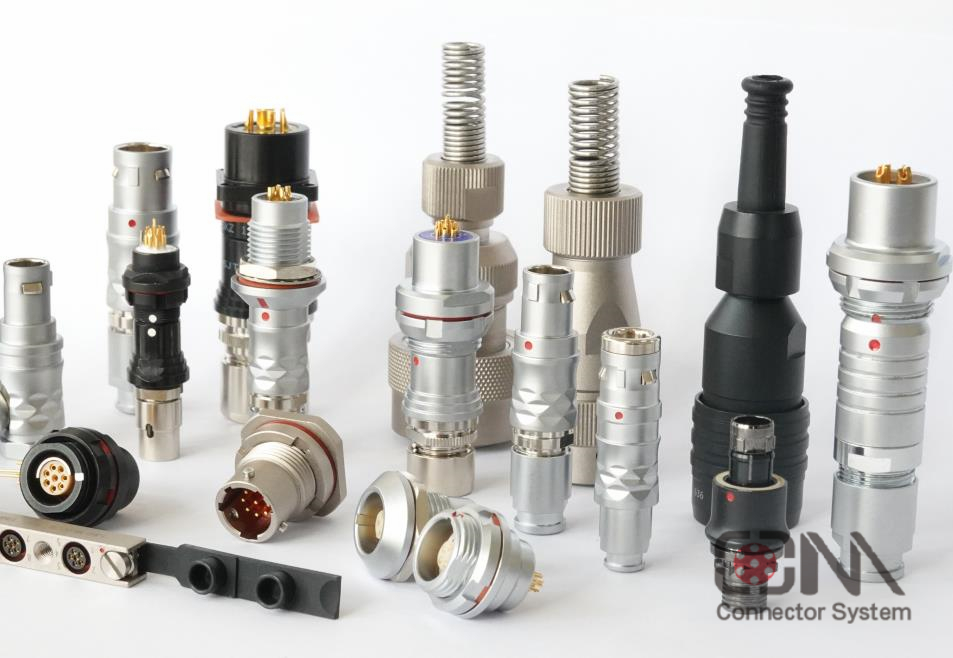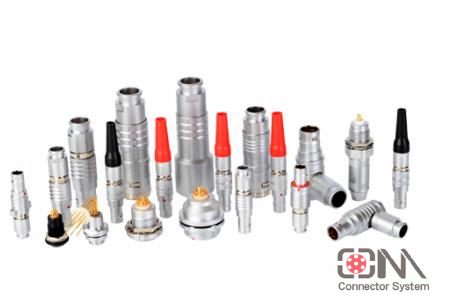At this year's MWC 2019 Shanghai exhibition, we have already seen the power of 5G. Several operators that have obtained 5G commercial licenses even demonstrated at the exhibition the low-latency characteristics of 5G transmission to realize long-distance driving: turning the steering wheel and stepping on the accelerator in the exhibition hall, the car in Beijing can move. This was unimaginable in the past.
"Under normal circumstances, if we drive at 60 km/h and the brake transmission delay is 60 milliseconds, then the braking distance is 1 meter. However, 5G provides a very low delay, and automatic driving controls the delay to 1 millisecond. The braking distance can be shortened to about 17 mm-this can meet the needs of the application environment."
The above-mentioned high-reliability and low-latency communication is one of the important use cases of 5G. 5G can shorten the delay from the previous 20-50ms to 1ms. Various 5G usage scenarios, including telemedicine, smart manufacturing, drones, etc., that appeared at MWC 2019 Shanghai exhibition are all within this range. In addition, the important features of 5G applications include eMBB (enhanced mobile bandwidth), which is high-frequency speed, 100 times faster than 4G; and mMTC (massive machine communication), or large-scale Internet of Things, Increase the terminal density to 1 million per square kilometer, which is also 100 times the current level.
For suppliers at all levels of 5G infrastructure, they are facing considerable challenges to achieve such an improvement. From the perspective of QM connector as a connector manufacturer, we can also understand the difficulty of this, and understand more from it, the 5G infrastructure has some significant changes compared with 4G.



